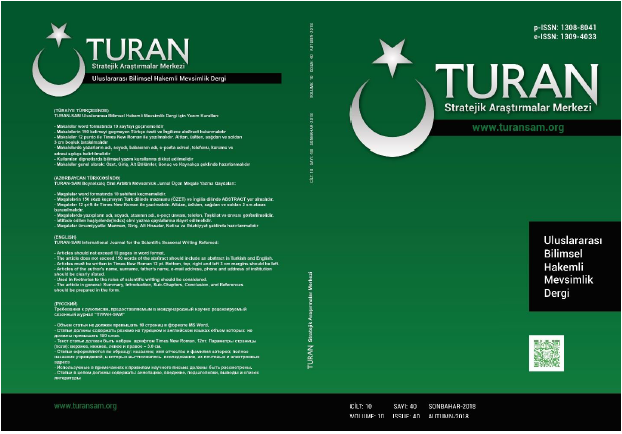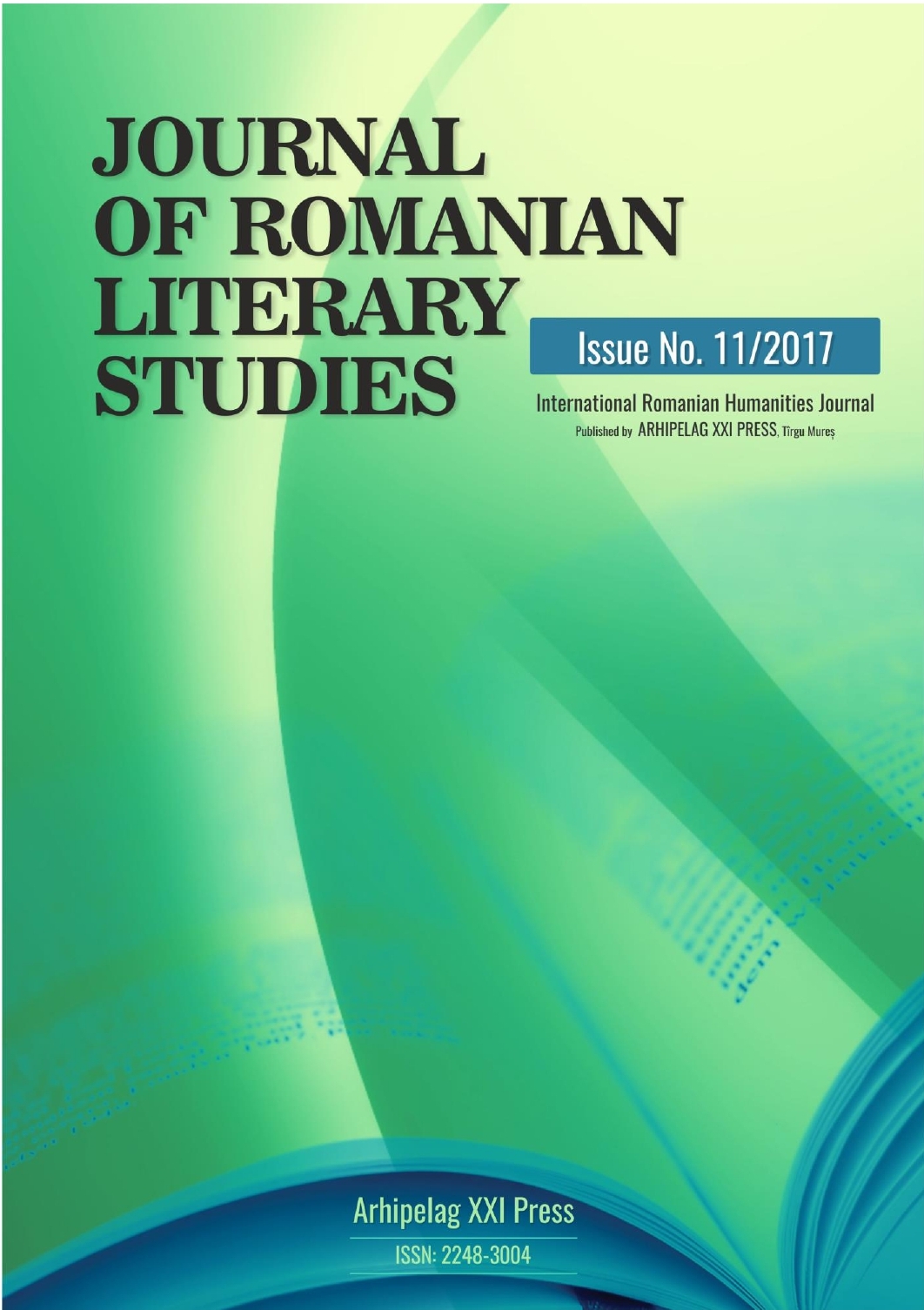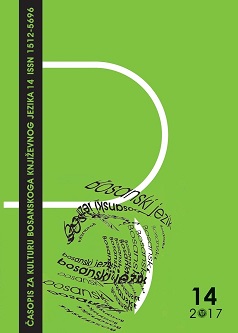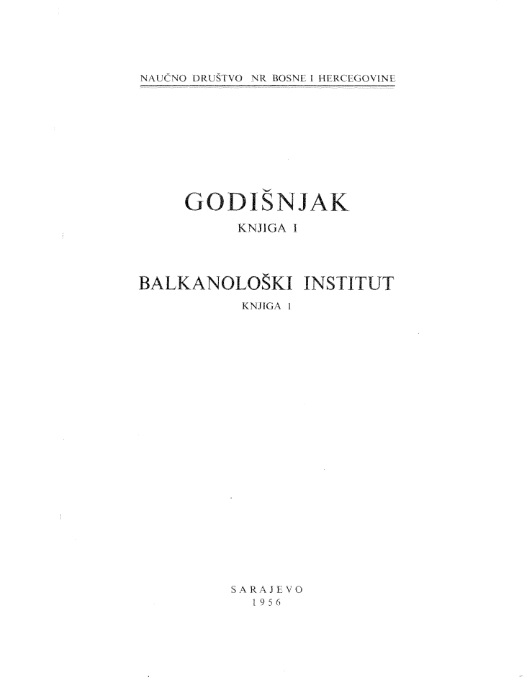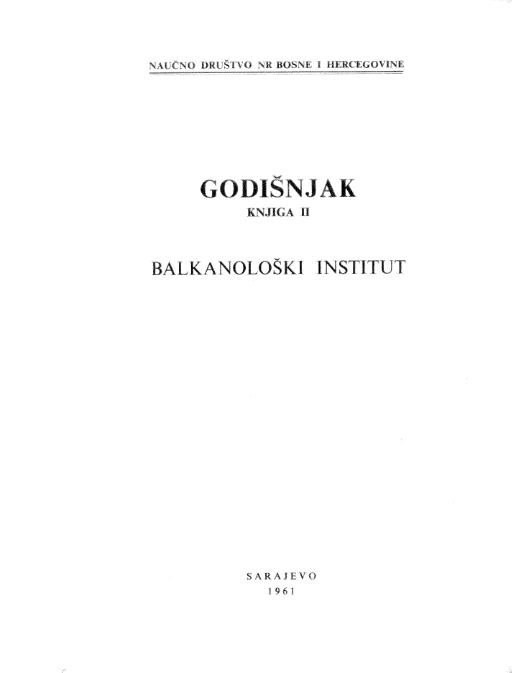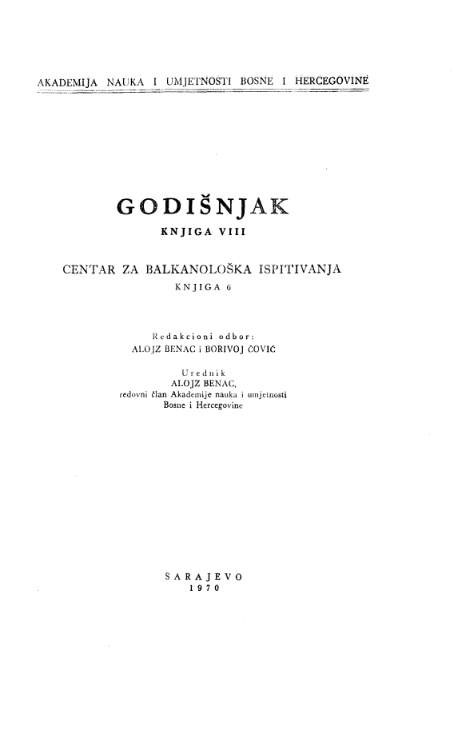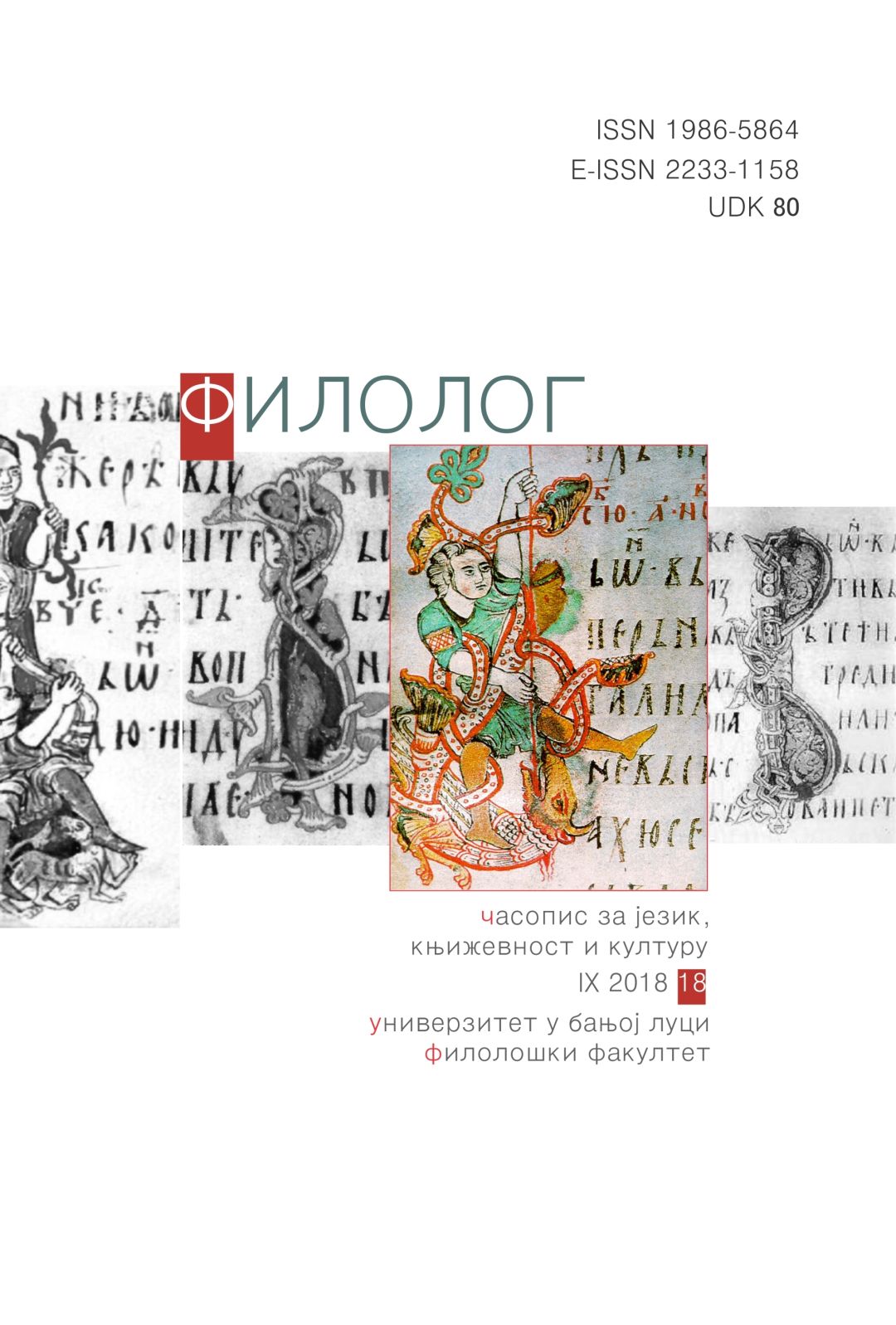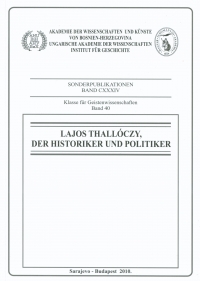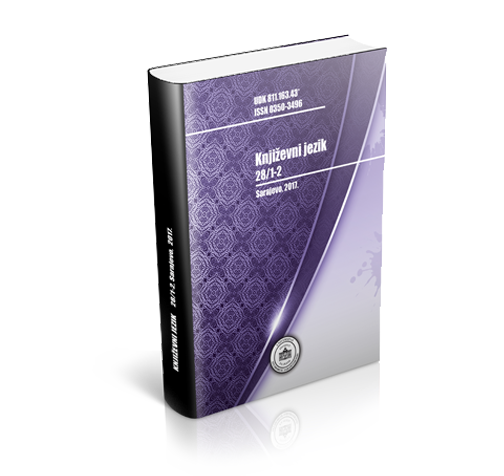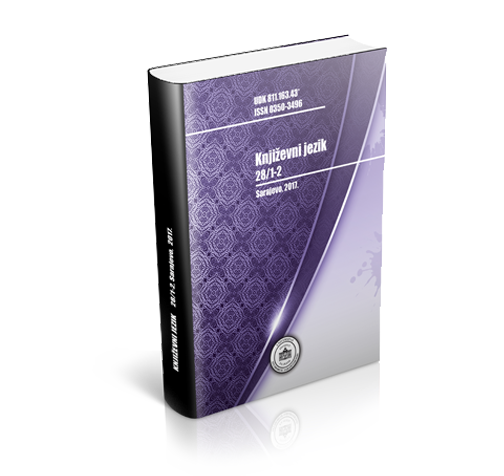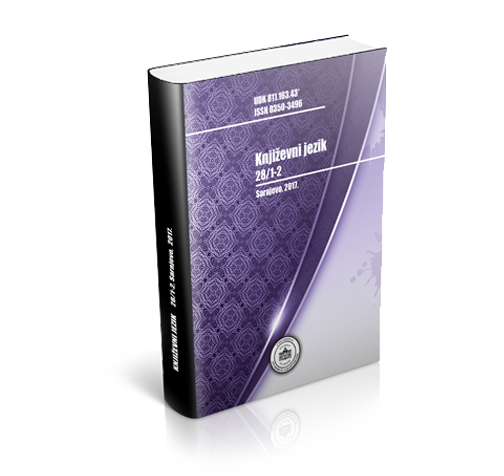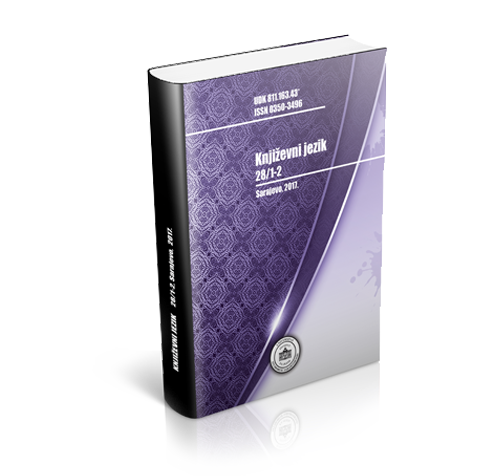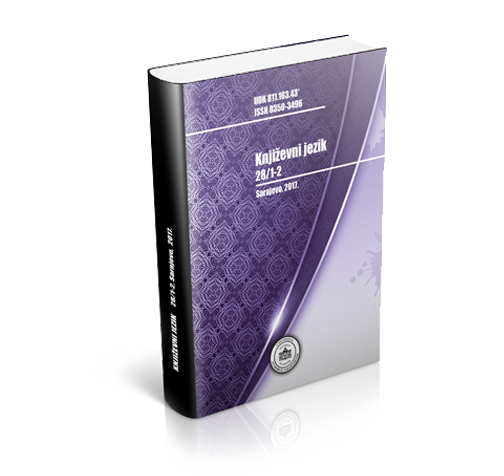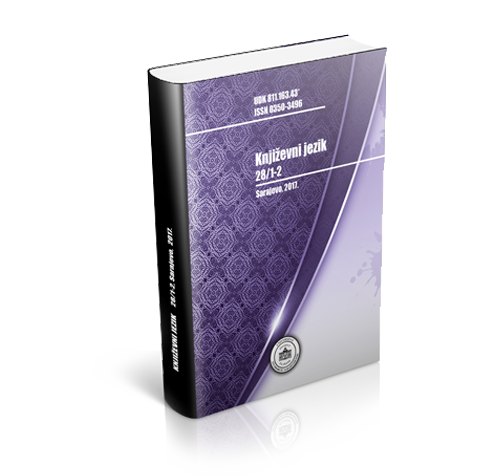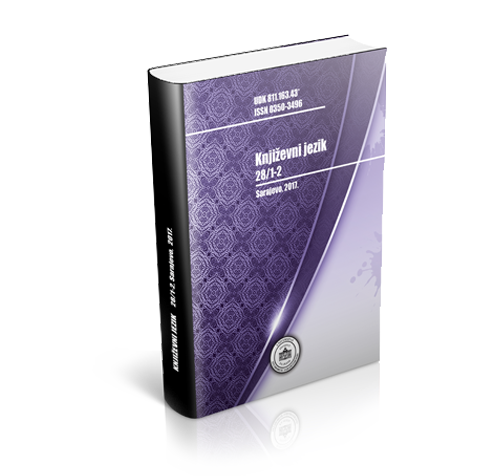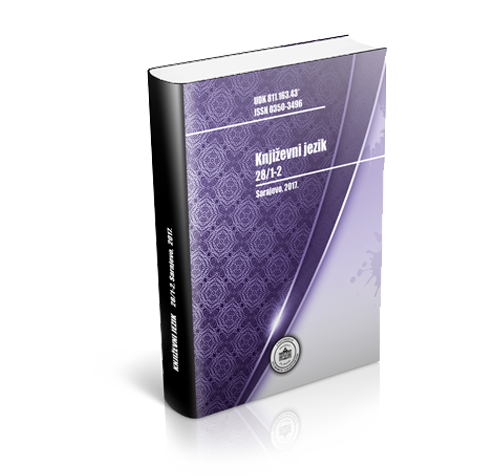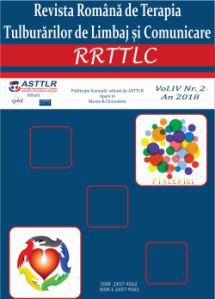
Particularități terapeutice în tulburarea de ritm și fluență de tipul bâlbâielii asociată cu hipoacuzia de transmisie
Some studies made a connection between mild transmission hearing impairment and the ability to perceive speech rate both led to stuttering.Language acquisition is closely linked to the hearing development. Children with hearing impairments go through the same steps in hearing development as typically developed children do but they need more time to go through each developmental stage.During the intervention programme, hearing must not be dealt with in an isolated way. It is highly recommended that the functions of hearing to be connected with the functions the tactile-kinesthetic, visual, dynamic, olfactory, vestibular ones. The child will be able to develop the capacity of auditory decoding and also the communicative competences as the capacity of hearing is growing in combination with other sensory ways.
More...
